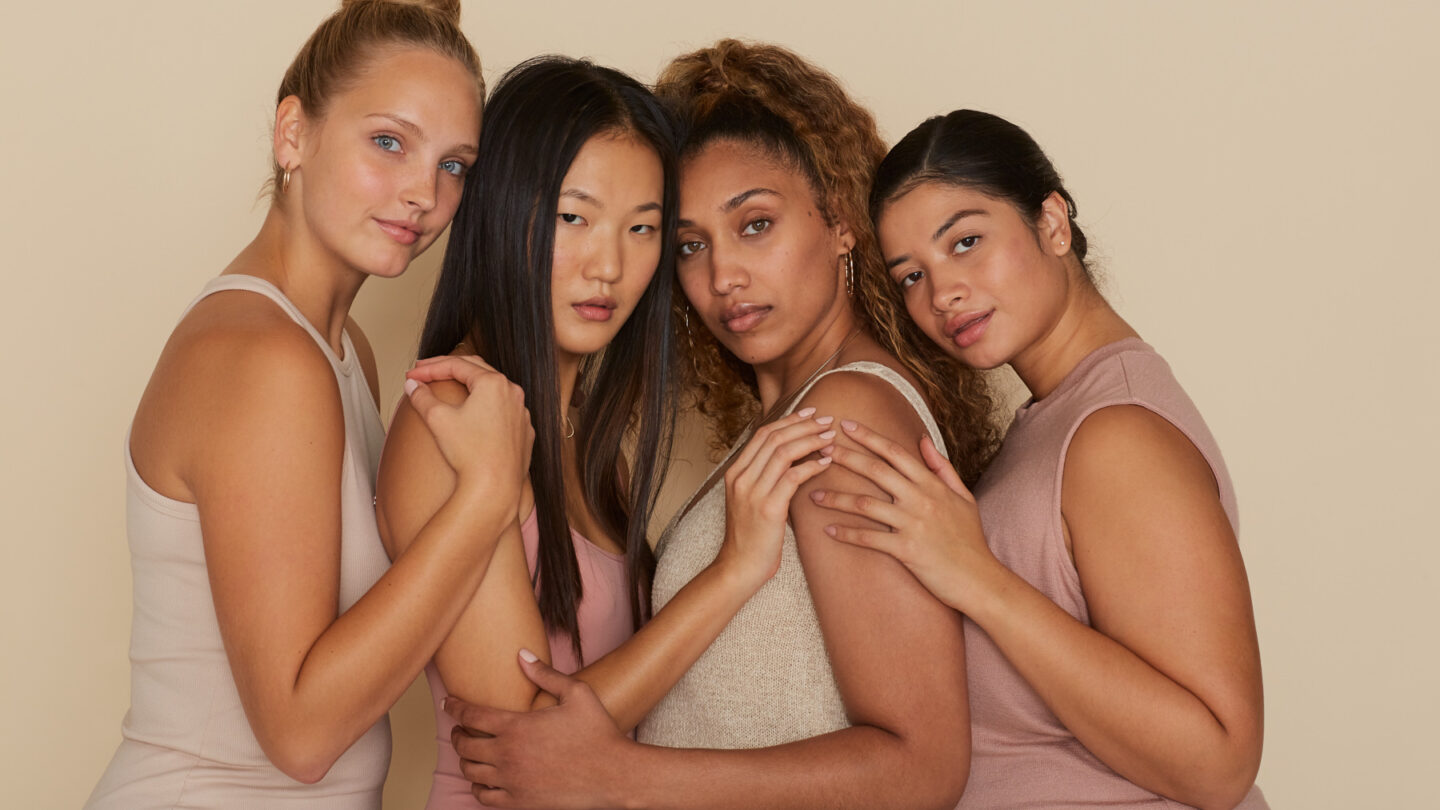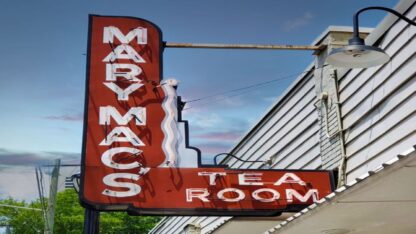In her beginning stages as a modeling agency owner in the early 2010s, agency director Ursula Wiedmann ensured that the models she signed felt like they felt at home with her. Primarily because, at the time, she operated from her living room.
“I would answer my front door and there would be models on my doorstep with headshots … they would be models on my couch, eating out of my fridge,” Wiedmann said. “I think I realized then that I may need to look into office space.”
Ten years later, Weidmann has a new office in Decatur, as well as over 600 new clients.
She, along with Madeline Almering of the SALT Agency and Lyndon Winchester of H.O.P. Models, which recently celebrated its 25th anniversary, have become trailblazers in what has grown to become Atlanta’s current modeling scene.
Alongside veteran powerhouses Select Models Atlanta and Click Models Atlanta, the agencies have risen alongside Georgia’s television, film and music industries.
The only difference between modeling and their television and film counterparts, says Almering, whose agency receives roughly 4,000 submissions per month, is that while Atlanta’s modeling pool has grown exponentially, there is not enough work solely in the city for models to create a high income.
Due to this, most agencies in Atlanta are “boutique.” They sign models for local work and help towards creating other connections with various markets and brands.
It is a structure that has benefitted Atlanta-based fitness model Zachariah Reed, whose agency, The Heights, has allowed him to travel nationwide.
“It’s been a lot of fun and a huge learning experience working here, but also being able to travel … it’s definitely allowed for me to grow as a model,” said Reed.
Reed also credits social media with allowing him and other Atlanta models the opportunity to grow a larger audience and the attention of clients, primarily attracting work that centers upon his physique and conventionally attractive appearance.
“The major change [in Atlanta’s industry] has been the internet,” said Winchester. “Prior to social media, everything was print and billboard. That was the way you established yourself. Now, it’s based on following.”
Starting off his career in Seattle as a model before moving to Atlanta to attend Georgia Tech, Winchester first started his agency in 1997 for children before growing to an adult roster of diverse body types and ethnicities. He acknowledges H.O.P. as being one of the first agencies in Atlanta to promote diversity and a push for change in representation.
“I have to give Ursula credit,” said veteran Atlanta photographer Leah Perry. “You have a large push for [diversity] now with people and brands, but she really pushed for it in Atlanta before it was necessarily even asked for.”
“You no longer have to be tall and skinny and white to be a model,” said Almering, who began her career in Atlanta’s modeling industry in 1994. “[SALT] takes all shapes and all sizes; we have models who are Indian, Black, Asian, Caucasian, Native American … you wouldn’t have seen that before in the industry.”
As the director for an agency based in Dallas in the early 2000s, Alima Albari experienced the pushback of trying to showcase talent of color firsthand.
“One day, my boss told me to come into her office and asked me, ‘Why are you signing all of these black models?'” Albari said. “She told me to stop signing them because nobody would want to hire them.”
After relocating to Atlanta, she founded A.I. Model Management, which recently celebrated its second anniversary. Her initiative with A.I. has been to showcase diverse body types and skin complexions not often given a chance to flourish. According to A.I. model Diana Eneh, the results have been successful.
“Most industries and agencies are not as diverse as they could be, and then Alima comes in,” said Eneh, a Nigerian-American. “She knows what is lacking and wants to make that more accessible.”
Another factor that has changed within the industry is the celebration of models of a certain age, with some of Atlanta’s most in-demand print and commercial models being talent in their 40s and older.
Forty-one-year-old Kordice Watson, a mother of two with a curvy physique and salt-and-pepper hair, originally began wanting to pursue modeling in high school in 1999. However, she found herself struggling to break into the industry during her 20s and early 30s.
“I was either wasn’t what [agencies] was looking for, they either wanted me to be a lot smaller to fit a certain mold and look,” she said. “It just never worked.”
In 2020, at 39, Watson secured a signing with the SALT Agency and was relieved to find opportunities offered her way almost instantly, including work shoots in Los Angeles and Brazil.
“We are living at a time where everyone is accepting things that may be different about them. We as a society are evolving to embrace everyone’s uniqueness.”
Opportunities have also been overflowing for Simon Rogers, a successful model in his mid-50s, who first began his career at the age of 26 in London. He credits his continued work with being able to acknowledge and embrace his matured image.
“Well, clearly at the age I am, I’m not going to be sought out for modeling underwear … not saying that I wouldn’t, but what company would want me,” said Rogers, who describes many of his recent bookings as the “aspirational older white guy.”
“I know what my market is … I’m no longer on the catwalk … but [in advertisements] I can be a dad, or the guy in the back of the limo, or walking along the beach with my girlfriend. It’s all about being aware of how I now look.”
“I feel like sometimes [newer models] will try and be something or someone that they’re not, and it definitely makes things harder for them,” Wiedmann said. “Take a good look in the mirror, see who you are and see what you have to offer and go with that. And also … don’t forget to submit to us”.









